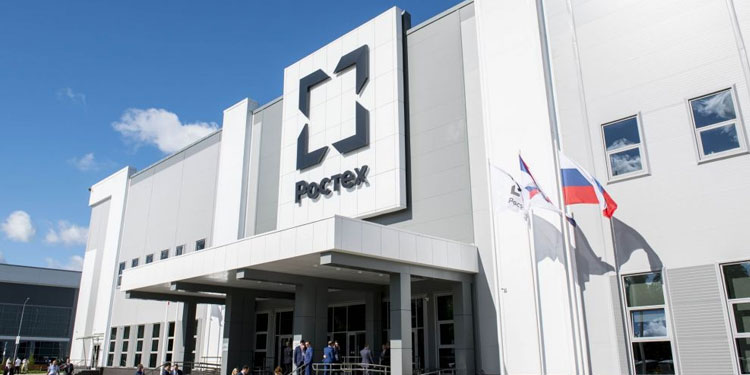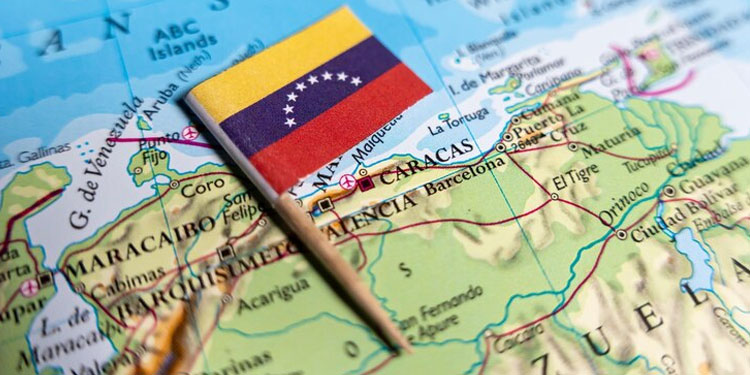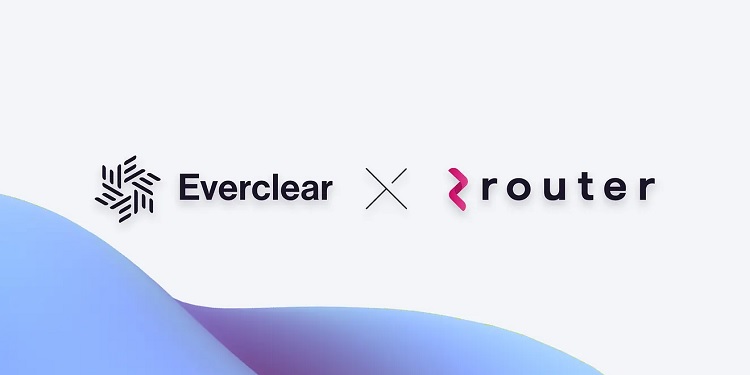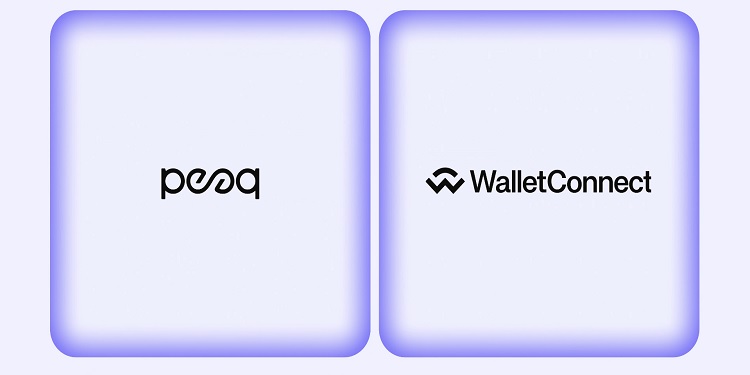Russian state-owned defense and technology conglomerate Rostec has unveiled plans to launch its own stablecoin, named RUBx, along with a cryptocurrency transaction platform called RT-Pay. This initiative represents a strategic pivot by the sanctioned entity to establish alternative financial infrastructure that operates independently of traditional international banking systems, especially SWIFT.
According to a statement issued by the company on July 3, the RUBx token will be pegged 1:1 to the Russian ruble and built on the TRON blockchain network. RT-Pay, the accompanying payment platform, is being designed to facilitate digital transactions for both corporate entities and individual users. Rostec has indicated that the stablecoin and platform will comply with Russia’s regulatory standards, including those established by the Central Bank and protocols aimed at preventing money laundering and terrorism financing.
Rostec’s Deputy General Director outlined that every RUBx token would be backed by ruble-denominated financial obligations and that this backing is legally protected. He noted that the platform is expected to go live by the end of the year, with Rostec serving as the primary operator.
This development comes as Russia continues to face sweeping international sanctions. Since June 2022, Rostec and its subsidiaries have been under stringent restrictions imposed by Western nations in response to the country’s military actions in Ukraine. These sanctions have severely limited Russia’s access to global financial systems, particularly SWIFT, the messaging infrastructure used for international banking transactions and overseen by the G-10 central banks.
Observers have interpreted the RUBx initiative as part of a broader Russian strategy to reduce reliance on Western-controlled financial mechanisms. This interpretation aligns with public statements from the Bank of Russia, which has identified the need for domestic alternatives to SWIFT as a central objective in its digital currency development efforts.
RUBx and RT-Pay are set to integrate with existing Russian banking systems, offering the ability to conduct digital payments, connect to cryptocurrency wallets, and execute smart contract-based operations. The token’s codebase will be released publicly on GitHub and will undergo a security audit by CertiK, an international blockchain security firm, to ensure transparency and trustworthiness.
Russia’s state-owned conglomerate Rostec plans to launch a fiat-backed stablecoin called RUBx later this year, built on the Tron blockchain. RUBx will be pegged 1:1 to the Russian ruble and aims to drive ruble digitization through the RT‑Pay payment platform.…
— Wu Blockchain (@WuBlockchain) July 4, 2025
Meanwhile, other Russian state-linked organizations are also actively exploring blockchain-based financial tools. The Russian Agricultural Bank recently partnered with the Bank of Russia to test digital asset-based payment systems tailored for grain exports. RusAg’s First Deputy CEO has described digital currencies as a practical instrument for international trade, particularly given the growing complexity of transacting in traditional currencies due to sanctions.
Russian exporters, especially in sectors such as agriculture and energy, are encountering increasing difficulties in securing dollar or euro-based transactions due to constraints on logistics, insurance, and payment processing. In response, the state has expanded its use of cryptocurrencies like Bitcoin, Ethereum, and Tether to settle cross-border trades with countries such as China and India.
Russia’s use of blockchain is not limited to payments. Gazprom, the majority-state-owned energy firm, introduced blockchain-based digital financial assets (DFAs) in March. That same month, Rostelecom, the country’s largest telecom provider, issued two proprietary DFAs on the Moscow Exchange.
These developments underscore a growing reliance on cryptocurrency and Distributed Ledger Technology (DLT) as mechanisms to counteract the effects of international sanctions. In support of this shift, Russia’s central bank has implemented regulations guiding the use of digital assets in international contracts. These rules stipulate that cryptocurrencies used in trade must not be linked to issuers from countries considered unfriendly and must originate from jurisdictions with favorable political and economic ties to Russia.
Together, these measures signal an increasing convergence between Russia’s digital finance strategies and its geopolitical objectives, as state-backed institutions continue building parallel financial systems insulated from Western influence.









